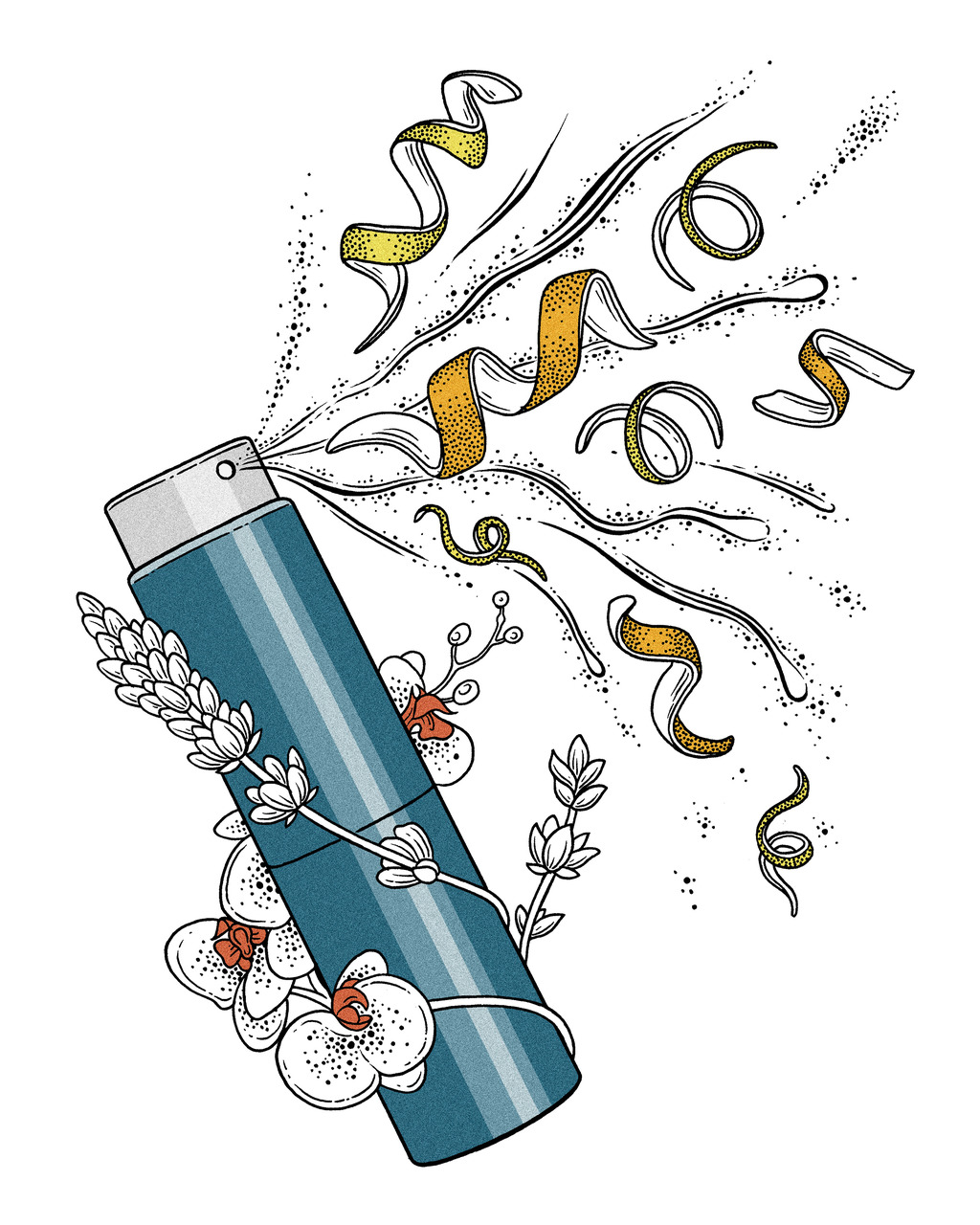
Many of us underestimate the power of smell. Olfaction is the most mysterious of our six senses and any combination of scents can evoke either a positive or negative reaction.
Perfume, once used only by the noble classes, is now a piece of affordable, everyday luxury. By 2025, the global fragrance market will be valued at US$52.4 billion and will be made up of a wide variety of perfumery: from mass to niche and bespoke formulas, allergen-free, halal-certified and even eco-friendly scents. Gender neutral perfumes are particularly popular right now and this will continue to grow with many brands, from Chanel to Byredo, releasing new launches that are neither too feminine- or masculine-smelling.
2003: The year an ancient perfumery dating back 4,000 years was discovered by archaeologists in Pyrgos, Cyprus
Customisation has also become very popular. Beyond just etching a name on a bottle, brands like WAFT offer the opportunity to create a made-to-order fragrance through an online questionnaire. There’s also brick-and-mortar concepts, like Maison 21G, which walks you through the scent-making process via a workshop, or Henry Jacques, which keeps your personalised scent exclusive for two years.
While these tailor-made options are desirable, a big challenge lies in getting the customer to decide on a customised blend within a short span of time. Perfume-making is a complicated process that involves blending more than 300 ingredients into a formula that’s not just beautiful on the nose but also stable at room temperature and safe on the skin.
 Technology is also helping to elevate the art of perfumery. In 2018, a partnership was formed between IBM Research and Symrise to craft two fragrances using artificial intelligence. The algorithm combed through a database of 1.7 million formulas to come up with never-used-before combinations before a perfumer was brought in to refine an AI-generated formula that was launched earlier this year. Artificial intelligence is something we’re looking into applying for future commercial projects.
Technology is also helping to elevate the art of perfumery. In 2018, a partnership was formed between IBM Research and Symrise to craft two fragrances using artificial intelligence. The algorithm combed through a database of 1.7 million formulas to come up with never-used-before combinations before a perfumer was brought in to refine an AI-generated formula that was launched earlier this year. Artificial intelligence is something we’re looking into applying for future commercial projects.
Crafting a scent is not too different from being an architect or songwriter. You have to build a scent structure that people can imagine seeing and feeling, one that’s well balanced, harmonious and perceivable in a clever way. At SIX, we want our perfumes to tell stories that inspire people.
Scents…wield incredible power to shift perceptions and leave an imprint in people’s minds
Take our 2065 Ujong scent – it’s our interpretation of Singapore in 2065, a hundred years on from independence. It opens with a burst of citrus and bergamot which we liken to fireworks. A layer of orchid and lavender works as a base, rosewood moss and white musk balance it out and hues of marine notes illustrate us as being surrounded by water. We hope that when people smell it, they will feel encouraged and inspired, and able to imagine Singapore’s past and future.
Scents, when used in the right way, wield incredible power to shift perceptions and leave an imprint in people’s minds. With all the ongoing innovations and technologies being explored, there are many dynamic ways a person can experience scent beyond something that is simply worn.
Illustrations by Stuart Patience
SEE ALSO: Opinion: Innovative sustainability efforts are revolutionising the bar scene
This article was originally published in the February 2020 issue of SilverKris magazine
The post Opinion: The art of storytelling in this evolving global scent market appeared first on SilverKris.
from SilverKris
No comments:
Post a Comment